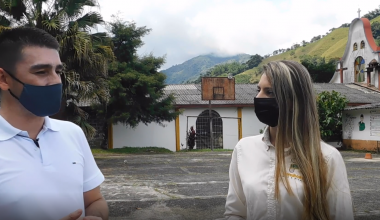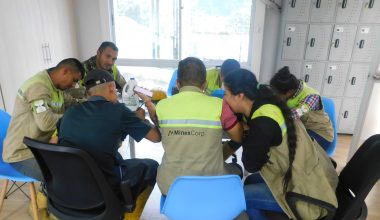This post is also available in:
![]()
When making a resource estimate to establish the economic viability of a mineral deposit, the greater the number of samples obtained within the deposit, the greater the reliability of the resource estimate.
How to establish the viability of a mining project?
Resources are classified according to the degree of reliability, with measured resources being the most reliable. They are defined with samples in close proximity to each other, which allows to confirm with certainty that intermediate resources between samples really exist.
If the samples are further apart from each other, the degree of confidence in the presence of ore between samples is reduced, although it can still be estimated with some confidence. These are known as indicated resources.
Finally, inferred resources refer to those resources for which quantitative estimates exist based on geological knowledge of the deposit in question, but for which measurements and samples are not yet available, or are few and far between. Therefore, the continuity of the deposit between the two samples cannot be assured. These resources can be used for a preliminary economic study.
Mineral reserves are that part of the mineral resources which – through the feasibility study of a mining project – is shown to be actually exploitable. In the case of underground mining, only those mineral resources within the category in which they have been measured and indicated should be included have been measured and indicated, and which can be exploited by a given mining method.
Probable reserves are those resources, within the category in which they have been indicated, that have been demonstrated to be extractable by a particular mining plan.

